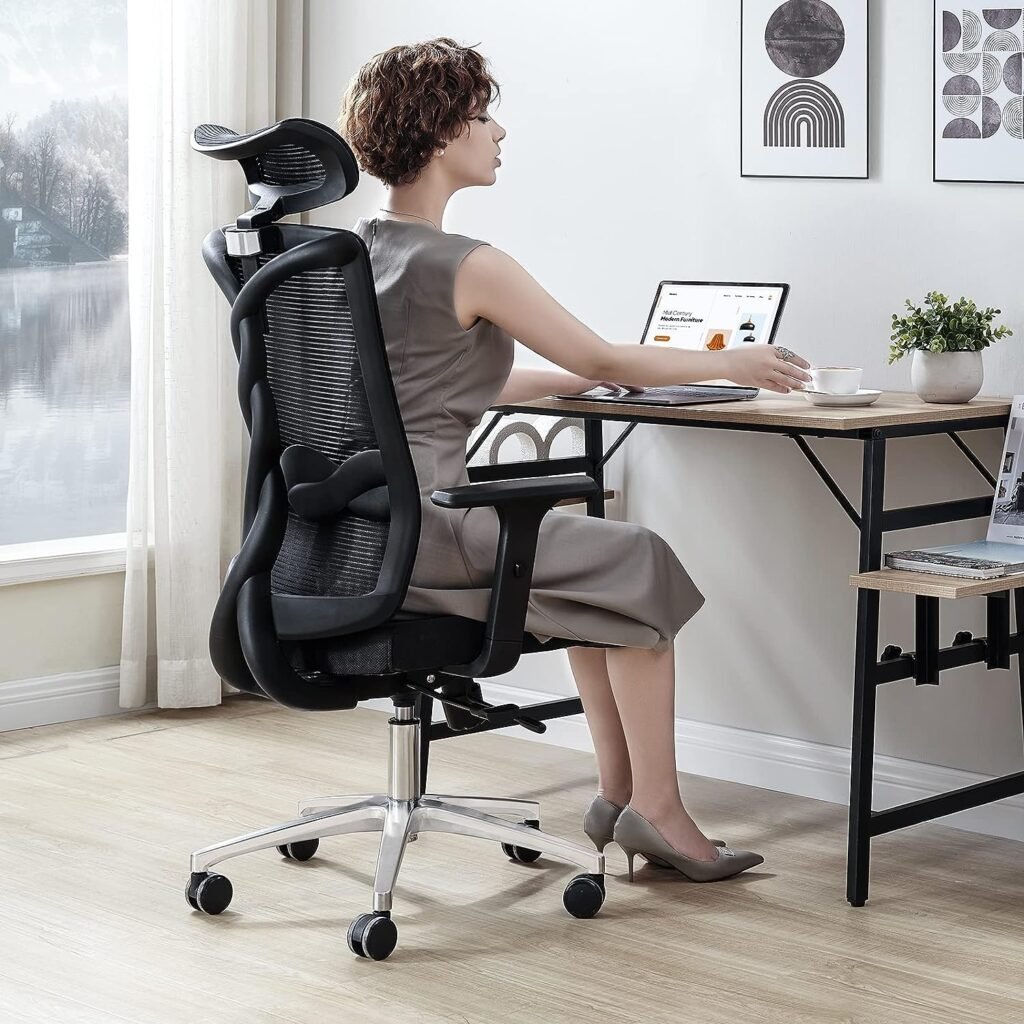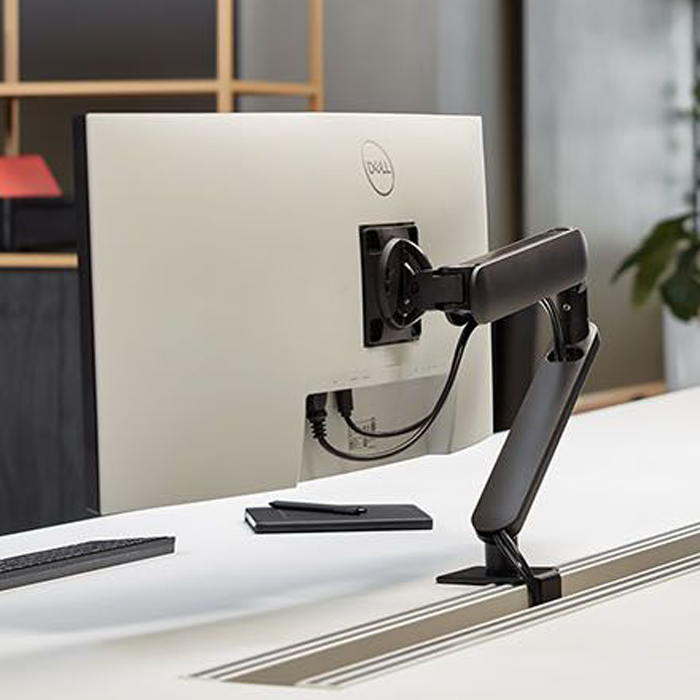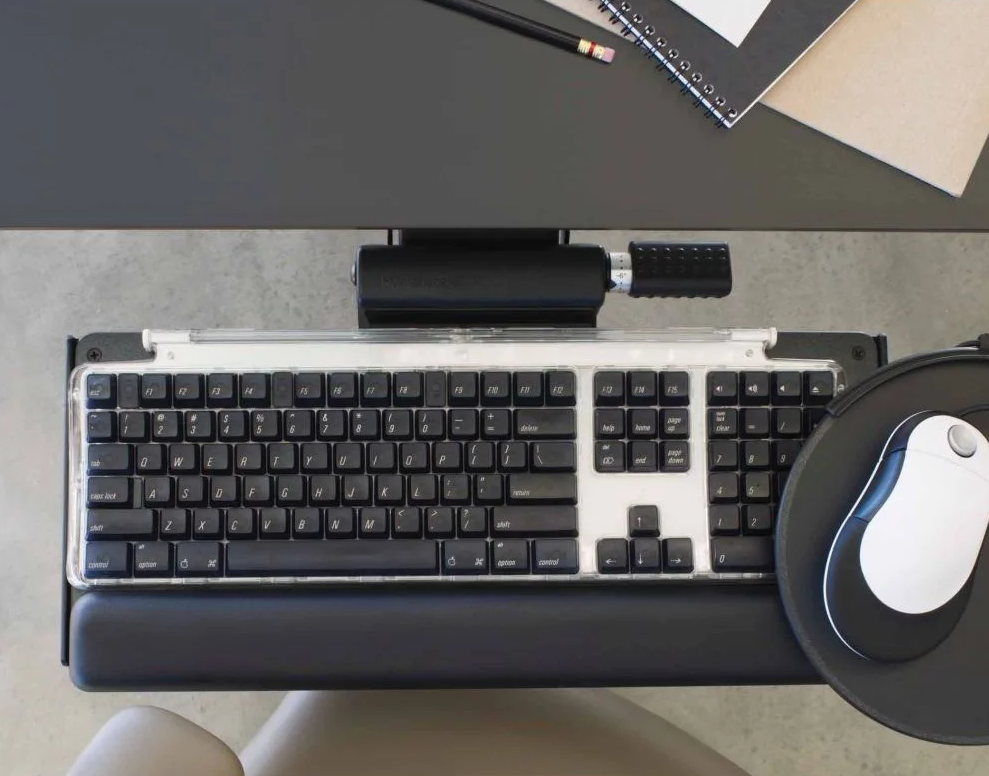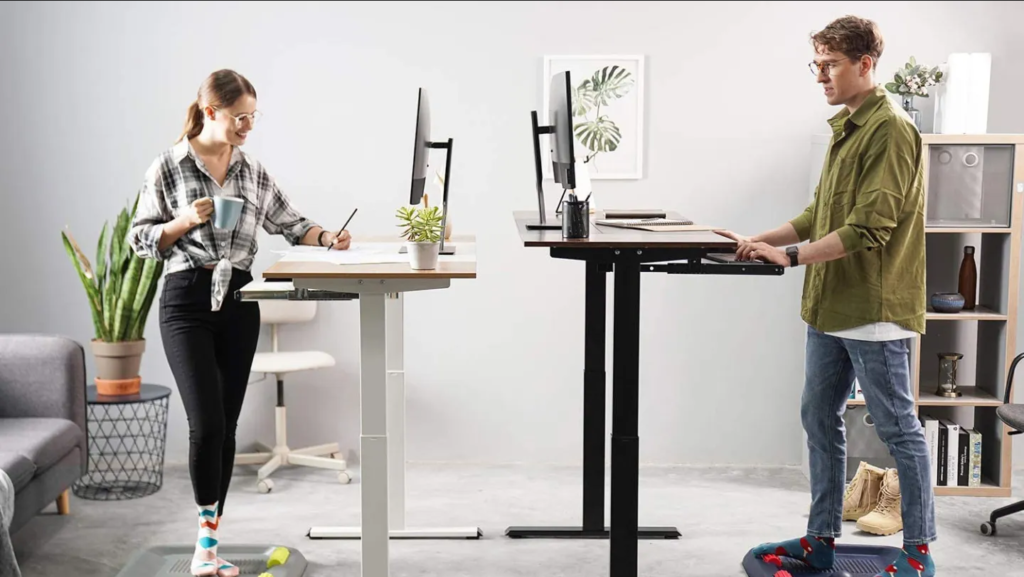- Set up your chair correctly
- Standing desk
- Display position
- Keyboard and Mouse
- Lighting light
- Regular rest
In the new work environment, home offices have become an important part of our daily lives. However, working from home may not always be as comfortable as it sounds, and understanding and implementing ergonomic practices can significantly improve your work efficiency and overall health. Here are some tips for establishing an ergonomic home office.
Set up your chair correctly
Choose a chair that can support the spine curve. Adjust the height of the chair so that both feet are flat on the floor or footrest, and the thighs are parallel to the floor. Adjust the armrest so that your arms are gently placed on top, your shoulders are relaxed, and your knees should be at the same height or slightly lower than your hips. Ergonomic chairs provide support for various body types and postures, reducing back pain, neck soreness, shoulder stiffness, and other issues caused by maintaining a fixed posture for a long time.

Standing desk
The main drawbacks of using traditional sitting desks for home offices may include health issues and reduced efficiency. Sitting for a long time may lead to various health problems, such as obesity, heart disease and diabetes. In addition, prolonged sitting can also cause back and neck pain. Sitting at work can also make people feel tired, which can affect work efficiency. The use of a standing desk can help alleviate these problems. The design of a standing desk usually has height adjustability, which can be adjusted according to individual height and comfort, achieving an ergonomic work environment.

Display position
Your monitor should be in front of you, approximately one arm long. The top of the screen should be level with or slightly below the eyes to avoid neck strain. If you are using two monitors, please place them side by side without gaps. If the height is not suitable enough, you can add a display arm to achieve the goal. Through the display arm, you can easily adjust the height, depth, and angle of the display, helping you find the most comfortable viewing position and reducing fatigue in the neck, back, and eyes.

Keyboard and mouse placement
When typing or using a mouse, your desk should be bent at a 90 degree angle at the elbow. Place the mouse within reach and on the same surface as the keyboard. When typing or using a mouse, keep your wrists straight, your upper arms tightly against your body, and your hands at or slightly below your elbows. Using keyboard shortcuts can reduce long-term mouse usage. Many keyboard brackets with mouse pads are designed to be very user-friendly, which can help you reduce stress on your wrist and neck after long hours of work. Some styles even allow you to adjust the height and tilt angle to find the most suitable posture for you.

Lighting light
Light is extremely important for home offices. Good lighting can improve work efficiency, reduce eye fatigue, and create a comfortable working environment. Insufficient or excessive light can lead to vision problems or increase the risk of headaches. Therefore, when setting up a home office, it is important to ensure sufficient natural light and appropriate artificial lighting. Especially when using a computer for a long time, natural light is the best, but if it is not possible, a desk lamp with a blue light filter can be used. Avoid strong light exposure and minimize glare on the display. The impact of light on home offices is not only related to work efficiency, but also directly relates to health issues, so it must be given sufficient attention.

Regular rest
Standing up, stretching, or walking around every half hour to an hour can reduce physical stress and fatigue. It will clear your mind and improve work efficiency. Incorporate sports activities into daily life. This can be as simple as doing a few stretching exercises, taking a walk during lunch time, or engaging in more structured sports activities such as yoga or Pilates.

Everyone has different physical and work requirements, so what is comfortable and effective for one person may not work for another. The key to successfully establishing a home office is to listen to your body and make corresponding adjustments. Ergonomics is not a one size fits all solution, but with just a little time and effort, you can create a workspace that is conducive to health and productivity.
Thank you for reading our article. If you need related products or have any questions or suggestions about our products, please don’t hesitate to contact us by sending an email, and we will reply to your email as soon as possible.
